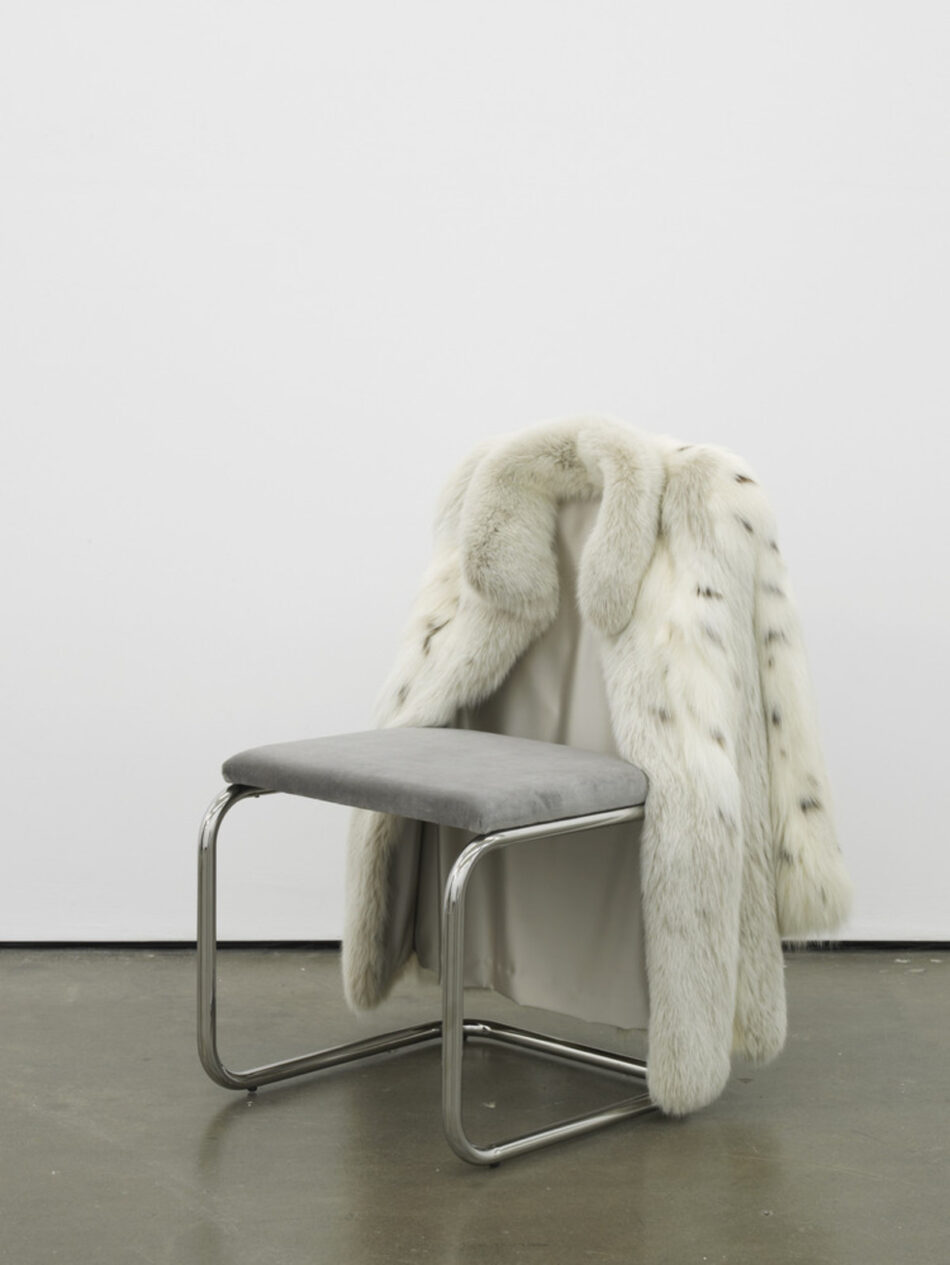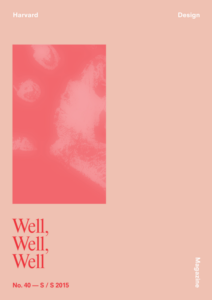White Coat
Hippocrates advised doctors to be clean, sweet smelling, and well dressed. What “well dressed” means changes over time. Doctors once wore black while attending to patients, as it connoted formality and seriousness—and offered a costume not inappropriate for mourning.
Beginning in the late 19th century, developments in the understanding and techniques of asepsis revolutionized medicine and altered the aesthetics of practice. Hospitals became gleaming white machines for wellness. Doctors adopted the white lab coat of scientists, allying the dignity and goodness of their calling with the power and rigor of science.
White is the color of purity, truth, and moral authority. Renaissance portraits often included white ermines alongside sitters. Legend had it that ermines would rather die than soil their coats. In the Catholic Church, the pope wears a white skullcap; cardinals and bishops wear scarlet and amaranth, lower orders wear black.

White clothing reveals character. To keep the coat spotless (or die of shame like the ermine), the owner has to be clean, conscientious, and attentive to detail. Crisp whites are also eye-catching, riveting attention to the person in charge. In fact, subjects who wear a white coat in psychologists’ experiments are better at staying focused and at detecting differences in look-alike images. This is particularly true when the coat they don is described as that of a doctor and not a painter, an effect called “enclothed cognition”—clothes’ ability to shape the wearer deeply, fashioning mind as well as body. Le Corbusier believed that buildings establish “emotional relationships” with their inhabitants in a similar way, changing them at a “physiological level.” The white walls of his modernist machines were meant to nudge inhabitants toward greater morality and rationality. Future studies might explore white walls and “endesigned” cognition. Recently, regulatory agencies have been worried that white coats are dirty—that they are a white wash, colonized by potentially pathogenic bacteria. Delving into doctors’ dirty laundry is not a pretty business. One survey found that most doctors have never cleaned their ties. The impurity beneath the guise of purity is fertile territory for investigation and imagination. The artist Sissel Tolaas asked people to lend their clothes for an exhibit called “Soft/Wear” in which each garment was displayed and labeled with the smells detected. One man’s gorgeous designer coat contained molecules of sweat, gasoline, and dog feces. He refused to take it back.
Others wonder if the white coat is out of step in a culture of informality, and should be abandoned like the wigs of court dress in the United Kingdom—a topic of ongoing contention. Symbols of power and authority make people nervous, causing their blood pressure to rise (“white coat syndrome”) and their thoughts to shut down. Doctors seek compliance and trust. Today, they are taught to read emotional signals and are given empathy training. They no longer want to be intimidating authorities issuing orders, but providers offering services to clients. Fittingly, some are now wearing business attire.
But if some doctors are shedding the white coat, people in other professions are eager to put them on. They are showing up on different sorts of body experts, those found at cosmetic counters, spas, and salons, who are eager to align themselves with symbols of power and authority, and with the aura of objectivity, truth, and service. Decades ago, cosmetics pioneer Helena Rubinstein was often pictured in a lab coat surrounded by flasks and beakers. Today, white coats are commonplace in department stores, health clubs, and spas.
Will the white coat in medicine become obsolete? Studies suggest that it still speaks strongly to doctors and patients alike because both expect it to be helpful whether consciously or unconsciously. Expectancy is another word for hope, and forms the foundation of the placebo effect. For now, a brief might call for a white coat smarter not in style but in capabilities—made, for example, with antimicrobial fabric, capacities to record vital information, detect disease, or even detect patients’ emotions.
Nancy Etcoff is Assistant Professor of Psychology at Harvard Medical School and director of the Program in Aesthetics and Well-Being at the Massachusetts General Hospital Department of Psychiatry. She is author of Survival of the Prettiest: The Science of Beauty (2000).
